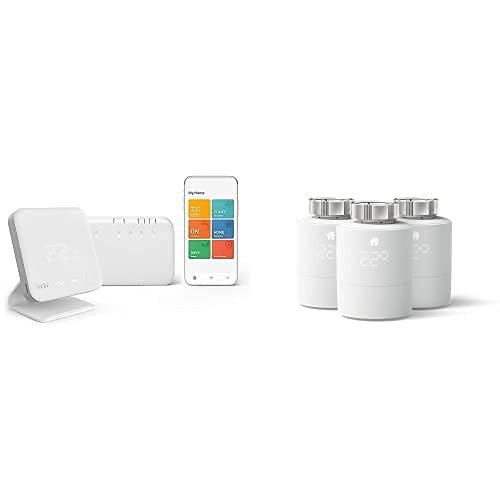20 Tips To Help You Be More Efficient At Buy Kitchen Lighting UK
A Comprehensive Guide to Buying Kitchen Lighting in the UK
When it comes to kitchen design, lighting plays an essential function in functionality, aesthetics, and total atmosphere. Picking the ideal kitchen lighting can significantly enhance how you utilize area, affecting whatever from meal preparation to entertaining visitors. With the large range of options available in the UK, it can be intimidating to pick the ideal kitchen lighting. This guide aims to streamline the procedure and supply valuable insights into the various types of kitchen lighting, elements to consider, and suggestions on making notified choices.
Types of Kitchen Lighting
Comprehending the different types of kitchen lighting is essential for accomplishing a well-lit space. Each category serves an unique purpose and can be employed to create a layered lighting effect.
Kind of Lighting
Description
Job Lighting
Offers focused illumination for specific tasks, such as cooking, checking out recipes, or washing dishes.
Ambient Lighting
Deals general lighting for the entire kitchen, typically through overhead fixtures or ceiling lights.
Accent Lighting
Emphasizes particular features or decorative elements, such as art work, backsplashes, or architectural details.
Decorative Lighting
Includes a stylistic or aesthetic touch, such as pendant lights and chandeliers that work as focal points.
Job Lighting
Job lighting is crucial for ensuring safety and performance while preparing meals. Under-cabinet lights, for circumstances, are a popular option as they brighten the countertop without including shadows, making jobs simpler.
Ambient Lighting
Ambient lighting offers a warm, welcoming glow to the kitchen. This can be attained through ceiling-mounted fixtures, recessed lighting, or chandeliers. The secret is to ensure consistent light distribution throughout the space.
Accent Lighting
Accent lighting, using fixtures like wall sconces or LED strip lights, directs attention to particular areas or functions within the kitchen. This type of lighting can be particularly effective in showcasing stunning backsplashes, cabinet styles, or decorative products.
Decorative Lighting
Decorative lighting includes character and style to a kitchen. Pendant lights above an island or a trendy chandelier can end up being statement pieces, improving the kitchen's general style.
Elements to Consider When Buying Kitchen Lighting
Choosing the suitable kitchen lighting involves examining several vital elements to ensure you make the finest choices for your space.
Design and Size of the Kitchen
- Comprehend the measurements of your kitchen and determine key workspace. The layout will figure out how you distribute lighting fixtures.
Functionality
- Think about how you use the kitchen. If you regularly prepare or host, choose task lighting. If My Site as a dining location, ambient lighting will also be crucial.
Style and Aesthetics
- Make sure lighting fixtures match the kitchen's design. Whether modern, traditional, or eclectic, the design should harmonize with other aspects.
Color Temperature
- Light color significantly impacts the ambiance. Warmer tones (2700K-3000K) produce welcoming environments, while cooler tones (4000K-5000K) are better fit for task-oriented areas.
Energy Efficiency
- Consider LED options, as they take in less energy and have a longer life expectancy compared to incandescent or halogen bulbs.
Dimming Capability
- Including dimmer switches permits flexibility in changing light strength for different activities.
Tips for Buying Kitchen Lighting
When searching for kitchen lighting, keep the following ideas in mind:
- Measure First: Measure the areas where you prepare to install fixtures to ensure they fit well.
- Mix Fixtures: Combine different kinds of lighting for a well balanced technique, mixing task, ambient, and decorative options.
- Consider Placement: Pay attention to the height at which you install fixtures. For islands, pendants need to hang 30-36 inches above the surface.
- Assess Brightness: Look at lumens instead of watts; brighter doesn't always suggest much better in terms of functionality.
- Pick Quality: Investing in quality fixtures will conserve you cash in the long run due to durability and decreased upkeep requirements.
Regularly Asked Questions (FAQs)
1. What is the finest type of lighting for kitchen jobs?
Task lighting, such as under-cabinet lights or pendant lights over work surfaces, is perfect for kitchen tasks as it provides focused illumination.
2. How do I choose the ideal size of pendant lights?
A general rule of thumb is that the size of the pendant should be around one-third the width of the island. If your island is 4 feet broad, try to find pendants that are around 12 inches in diameter.
3. Can I use a dimmer switch for all types of kitchen lights?
Not all lights are dimmable. Inspect the item requirements before setup. LED lights and some fluorescent lights are most likely to require compatible dimmer switches.
4. How can I improve my kitchen lighting without significant remodellings?
Think about incorporating plug-in under-cabinet lighting, trendy floor lamps, or battery-operated LED lights to enhance lighting without substantial modifications.
5. Is it required to hire an expert to set up kitchen lighting?
While basic setups can be done independently, it's recommended to employ a certified electrical contractor for complex setups to guarantee security and performance.
Picking the right kitchen lighting in the UK involves understanding various lighting types, evaluating essential aspects, and carrying out tactical suggestions. By focusing on the kitchen's layout, functionality, and style, property owners can produce a well-lit, welcoming area that boosts everyday activities and events. Whether embarking on a total restoration or an easy lighting upgrade, the right choices will illuminate both the kitchen and the culinary experiences shared within it.
